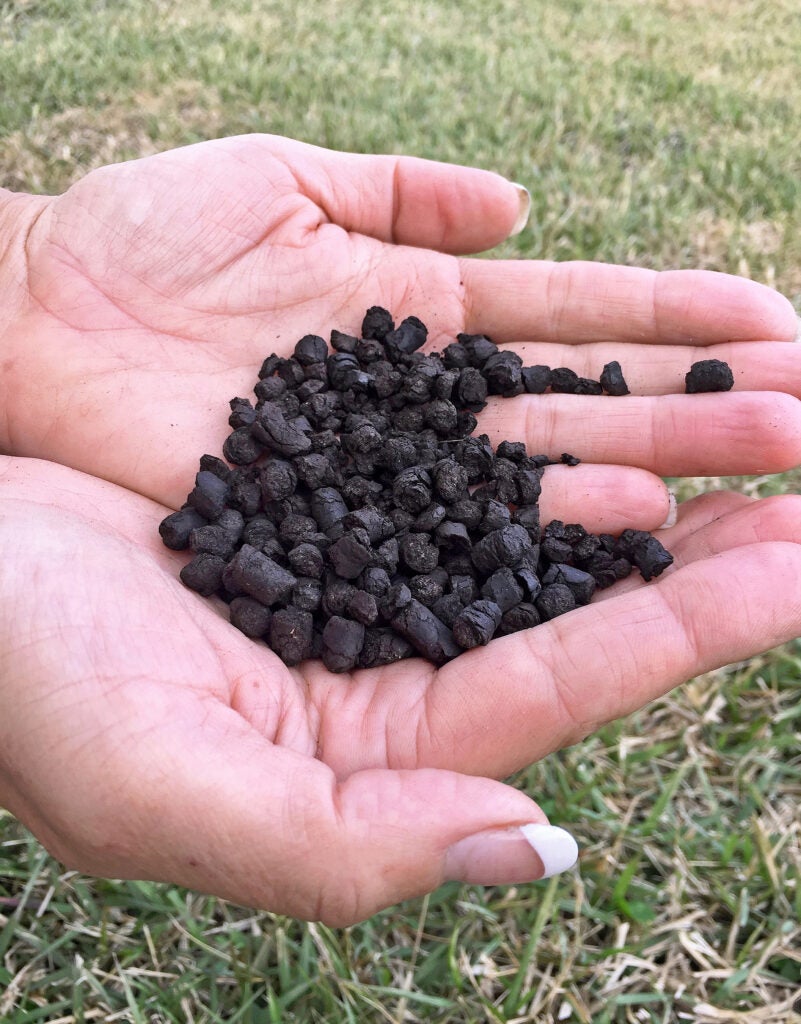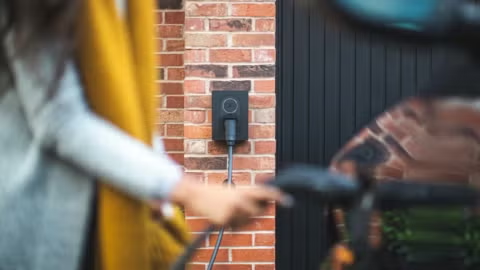Increasing consistency in the biochar carbon marketplace

Excitement around biochar is growing, as is interest in its role in the Voluntary Carbon Marketplace (VCM). Biochar is a carbon-rich form of charred biomass or other organic material. Its primary climate benefit is that it decomposes and releases carbon dioxide much more slowly than its parent material (also known as feedstock, the original biomass used to create the biochar).
Importantly, this climate benefit hinges on the feedstock’s other potential uses. If the feedstock has an alternative use with a greater climate mitigation potential (e.g., bioenergy, in certain contexts), then biochar production may not be the best use from a mitigation perspective. However, where the feedstock would have been left to decompose or ended up in landfills, climate mitigation via biochar may be the best end use.
As biochar production expands and is credited through the VCM, it is critical to ensure the integrity and consistency of the crediting process. A new report by Environmental Defense Fund analyzes 5 different biochar carbon market protocols as part of our ongoing effort to promote high-quality carbon credits and transparency within carbon markets.
Biochar’s popularity as a climate mitigation tool has increased over the past several years, due to its highly stable nature. When applied to soil or mixed into building materials, the carbon in the biochar can last for decades to potentially hundreds of years rather than be released into the atmosphere.
Given this climate benefit, carbon market protocols have been developed to help biochar producers quantify their biochar’s climate benefit so they can sell carbon credits to offset greenhouse gas emissions.
With the advent of new protocols and protocol updates, it can be difficult to distinguish how they differ from one another. We highlight where these differences occur and offer suggestions for increased clarity and consistency across all protocols. While current protocols share broad similarities in approach, differences in how they address carbon accounting principles such as leakage, uncertainty, permanence, additionality and baselines can make it challenging to compare projects, develop consistent credits, and result in a confusing crediting landscape.
Given that carbon credits are used to offset emissions rather than directly reduce emissions, we also encourage conservative carbon accounting principles to ensure the biochar’s climate benefit is not overestimated.
This report provides recommendations to address these needs:
- Strengthening uncertainty accounting is critical, as uncertainty can be introduced at multiple steps within the crediting process.
- Identifying alternative feedstock uses can help us better understand whether biochar is the best use of that feedstock from a climate mitigation perspective.
- Continuing research on biochar durability to determine the best models and approaches for estimating permanence and ensure that durability is not overestimated and is consistently assigned.
- Standardizing leakage definitions and clearly and consistently accounting for leakage across protocols can help prevent emissions of unintended greenhouse gases and ensure that projects are comparable.
- Building a centralized registry, in addition to the tracking currently required by protocols, will help prevent double counting.
Improving consistency and transparency across protocols can help build trust in the carbon market and scale biochar in a way that is more equitable, science-based, and climate-effective.












